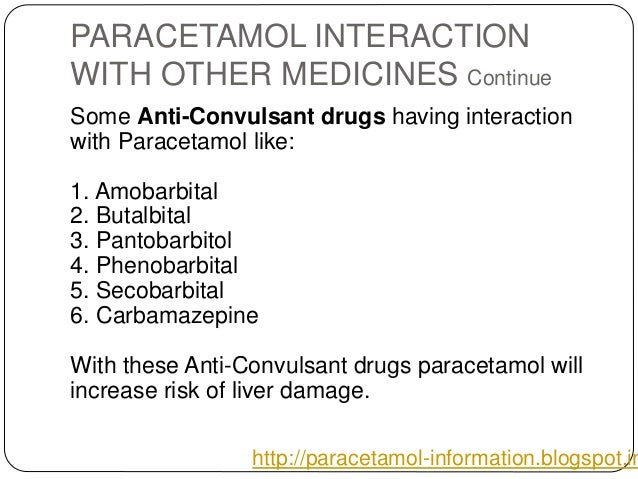
4 Some factors explain the delayed progress in the management of inhalation injuries. Woodson indicated that the treatments for inhalation injuries have been improved less than the treatments for cutaneous burns.

3 While many strategies have been developed to manage cutaneous burn injuries, few logical diagnostic strategies for patients with inhalation injuries exist and almost all treatment is supportive. A meta-analysis on prognostic factors in patients with both cutaneous and inhalation injuries indicated that mortality increased significantly with inhalation injuries. 2 Mortality of patients with an inhalation injury alone was expected to increase by a maximum of 20%, and by 60% with both inhalation injury and pneumonia. Shirani et al reported that the severity of an inhalation injury is directly proportionate to the area of the burn. Smoke inhalation increases the incidence of respiratory complications such as pneumonia or acute respiratory distress syndrome. 1 Inhalation injuries can lead to long-term pulmonary dysfunction.

Respiratory tract injuries resulting from inhalation of smoke or chemical products are the leading causes of death in thermally injured patients. A well-organized strategy for patients with inhalation injury is critical to reduce morbidity and mortality. Although an ideal approach for respiratory support of patients with inhalation injuries do not exist, it is important that they are supported using techniques that do not further exacerbate respiratory failure. A cyanide antidote should be administered when cyanide poisoning is clinically suspected. Absolute indications for hyperbaric oxygen therapy do not exist because there is a low correlation between carboxyhemoglobin levels and the severity of the clinical state.

Management of carbon monoxide and cyanide exposure in smoke inhalation patients remains controversial. Any patients suspected to have inhalation injuries should receive a high concentration of supplemental oxygen to quickly reverse hypoxia and to displace carbon monoxide from protein binding sites. Intubation should be considered if any of the following signs exist: respiratory distress, stridor, hypoventilation, use of accessory respiratory muscles, blistering or edema of the oropharynx, or deep burns to the face or neck. The goals of initial management are to ensure that the airway allows adequate oxygenation and ventilation and to avoid ventilator-induced lung injury and substances that may complicate subsequent care. While many strategies have been built up to manage cutaneous burn injuries, few logical diagnostic strategies for patients with inhalation injuries exist and almost all treatment is supportive. Respiratory tract injuries caused by inhalation of smoke or chemical products are related to significant morbidity and mortality.


 0 kommentar(er)
0 kommentar(er)
